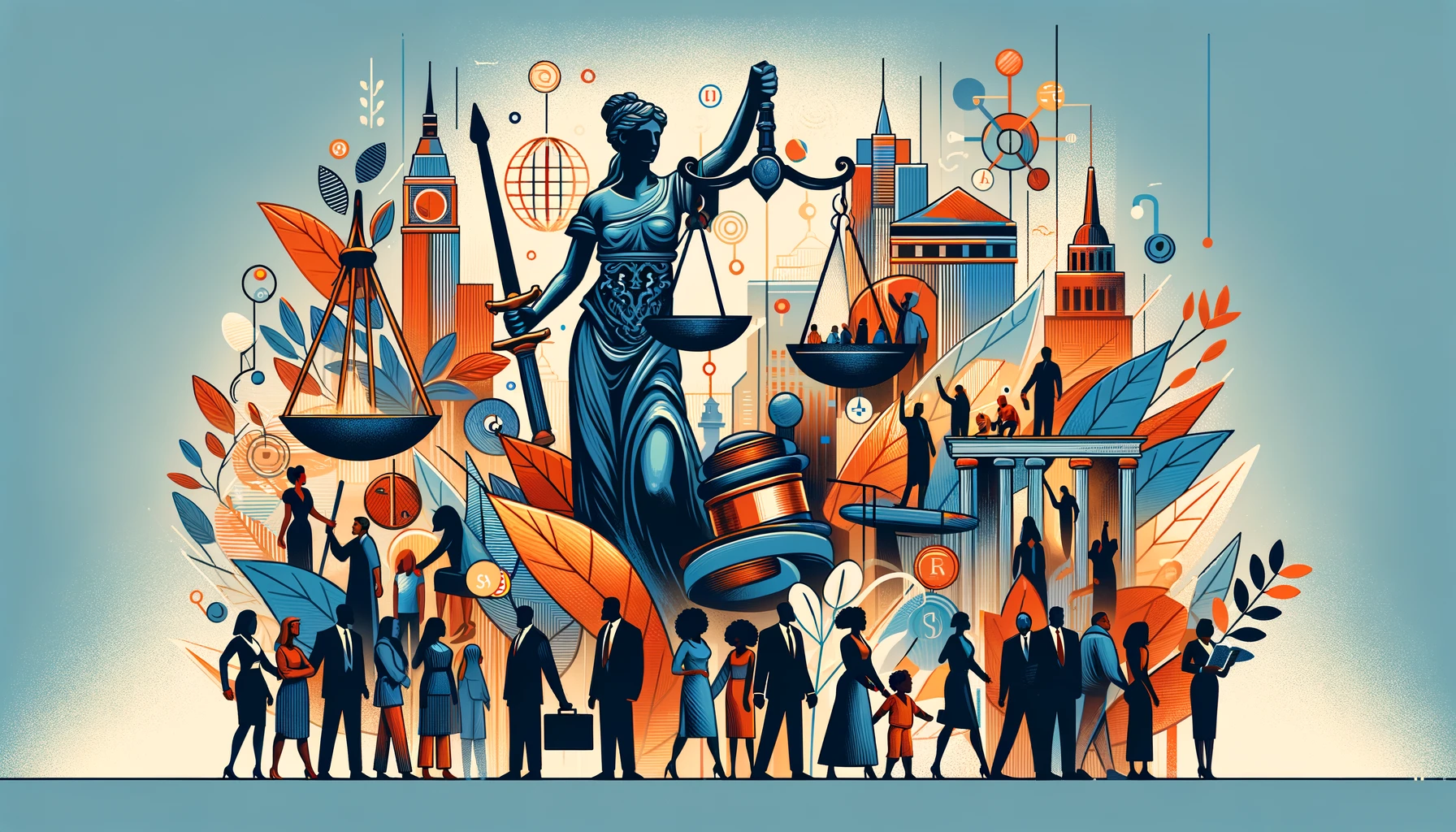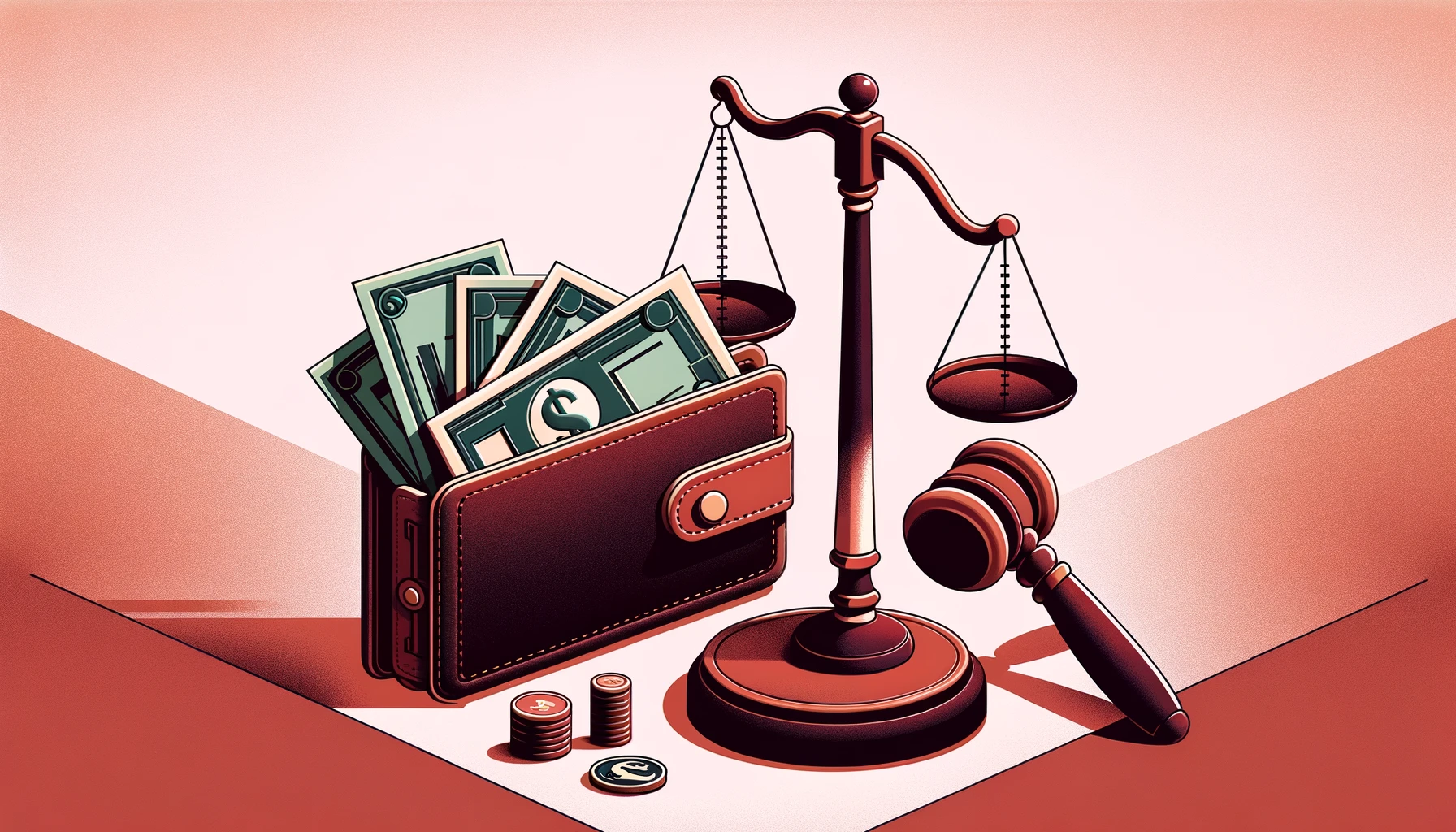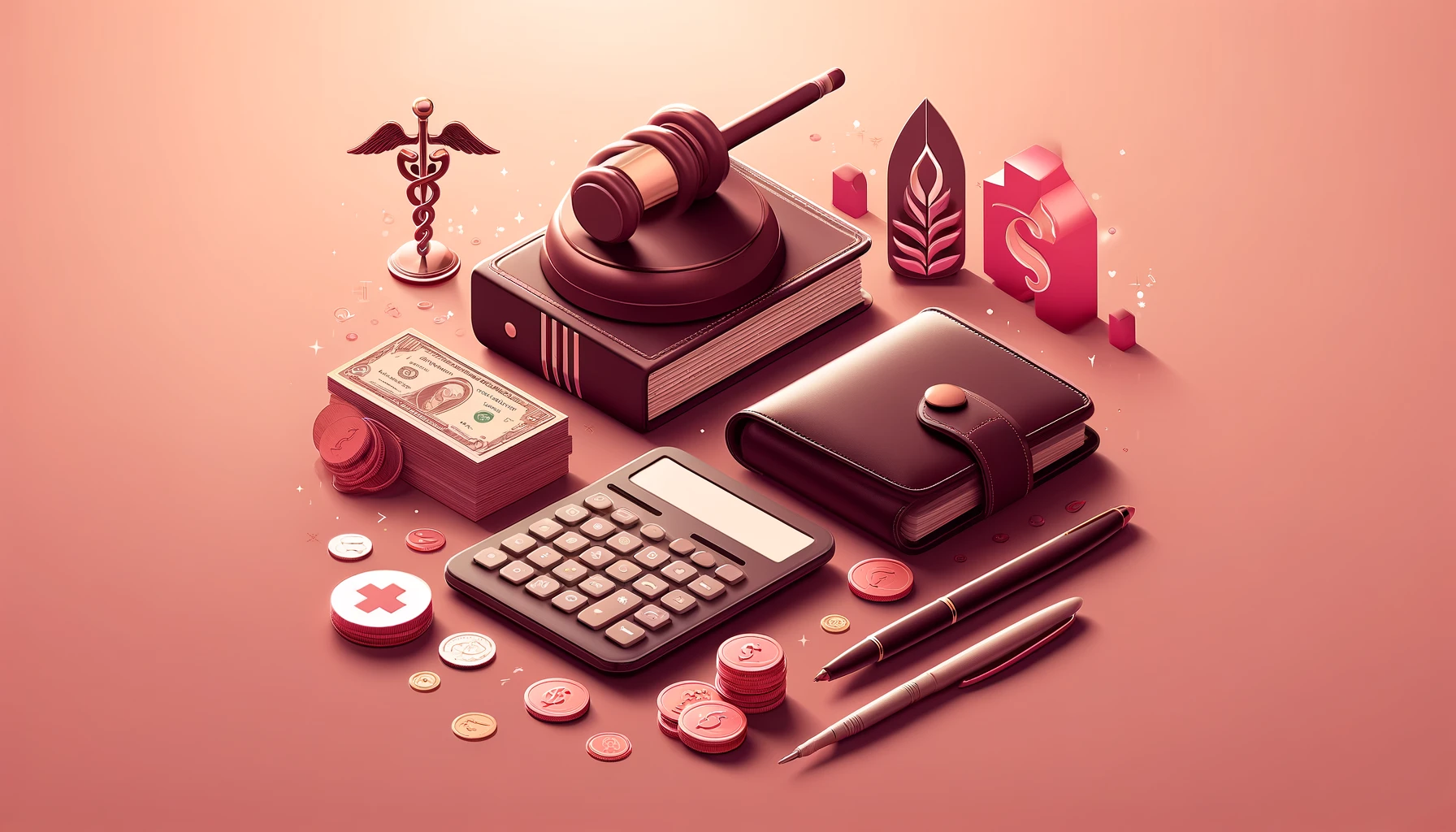Picture this: You’re at your desk, pretending to read an email. But you’re really bracing yourself. Again. For the comment, the “joke,” the silence that grows like moss between you and the team lead who once mentored you. You haven’t been able to breathe normally at work in months. No matter how many times you question yourself, you can’t shake the feeling that this is not just a bad job—it might be illegal.
So, what is a hostile work environment? In New York State, a hostile work environment occurs when unlawful harassment, often based on race, gender, sexual orientation, age, religion, disability, or other protected categories, becomes so severe or pervasive that it alters your employment conditions.
But if you’re wondering what qualifies and what to do next, consider contacting seasoned employment attorney Supriya Kichloo. With a decade of experience and a deep understanding of multicultural nuances, Supriya can guide you through the confusion and design a legal strategy tailored to your needs.
What Constitutes a Hostile Work Environment in New York State?
To understand what constitutes a hostile work environment in New York State, we must examine state and federal laws. Under the New York State Human Rights Law (NYSHRL) and Title VII of the Civil Rights Act of 1964, a hostile work environment is unlawful when:
- The unwelcome conduct stems from a protected characteristic,
- The behavior is either severe or pervasive enough to interfere with your ability to do your job, and
- The employer knew (or should have known) about the conduct and failed to take appropriate action.
In NYS, hostile work environment laws are even broader than federal law. Unlike Title VII, which applies only to employers with 15 or more employees, the NYSHRL applies to all employers, even those with just one employee. This expanded coverage protects more employees and a greater number of actionable harassment types. Whether you work in a corporate skyscraper or a neighborhood cafe, NYSHRL protects your right to a safe workplace.
What Is a Hostile Work Environment: Real-World Examples
These are not isolated incidents—they are patterns, ongoing conditions, or particularly egregious acts that shift your workplace from professional to poisonous. You may be facing a hostile work environment if:
- Your supervisor repeatedly makes crude jokes about your race or religion;
- Coworkers routinely misgender you, and management does nothing, even after complaints;
- Your employer excludes you from meetings and training opportunities after coming out as gay;
- A colleague touches you inappropriately, and HR dismisses your report as “drama”;
- Your boss mocks your accent, immigration status, or family background;
- Teammates circulate offensive memes or emails targeting your gender or age; or
- You experience relentless comments about your weight, disability, or appearance.
Let’s unpack this from a different angle. A hostile work environment is shaped by more than just actions—it’s also about impact. The focus is on how the behavior changes your work life. So ask yourself, does it:
- Humiliate you in front of others?
- Undermine your authority?
- Create emotional distress?
- Disrupt your performance?
Here’s what the law considers:
- The nature of the conduct—whether the act is verbal, physical, or visual;
- The frequency—whether it happened once or has been ongoing;
- The power dynamics—if the behavior was from a supervisor, coworker, or client; and
- The context—whether it happened in front of others, in private, or as part of a broader pattern.
The key to remember is that what matters most is whether the behavior made your work environment objectively hostile or abusive, not whether the person meant it that way.
The NYS Hostile Work Environment Standard: Lowering the Barriers to Protection
In 2019, New York made a pivotal change by revising its laws to make it easier for employees to bring harassment claims. Employees no longer have to prove that the conduct was severe or pervasive. They only need to show that it subjected them to inferior terms, conditions, or privileges of employment because of their membership in a protected class. That means even a single act can be unlawful if it is egregious enough.
For example:
- One instance of sexual assault at work may be enough,
- A racial slur used in a team-wide email could meet the threshold, or
- A threat against an employee’s immigration status may constitute harassment.
New York law now also eliminates the “Faragher-Ellerth” defense, which allowed employers to escape liability by showing that the employee failed to use internal complaint procedures. Instead, courts hold employers to a stricter standard of responsibility.
What Should I Do If I Think I’m Experiencing a Hostile Work Environment?
It’s natural to hesitate and second-guess. But documentation and action can be powerful, even if you’re not ready to report. Here are the steps you can take right now:
- Keep detailed notes. Write down what happened, when, where, and who witnessed it. Include quotes when possible.
- Save all supportive documentation. Maintain all emails, messages, and other communication in a file. Screenshots and printouts are useful.
- Review your employee handbook. Your company may have a policy or complaint process.
- Report the behavior internally. If you feel safe, report the harassment to HR or a supervisor.
- Reach out to an employment lawyer. Even one conversation with an attorney can help clarify your rights.
Many people wait too long, hoping the situation will improve. But the longer you endure, the harder it may be to collect evidence, remember details, or meet deadlines for filing a claim.
You Don’t Have to Face This Alone
The Law Offices of Supriya Kichloo, P.C. understand how deeply these experiences can wound and how fiercely they must be challenged. With a decade of experience and a multicultural lens, Supriya doesn’t just handle employment cases—she hears them. Together, we’ll chart a path forward, whether filing a claim, negotiating a resolution, or simply understanding your rights. Contact us for a free consultation. We’ll craft a clear-eyed, compassionate, and resolute legal strategy designed specifically for you.
Resources:
- U.S. Equal Employment Opportunity Commission, U.S. Supreme Court Sets Out Title VII Standards Of Employer Liability for Supervisors’ Conduct In Sexual Harassment Hostile Environment Cases, link.
- New York State Assembly, Assembly Passes Sweeping Reforms to Protect New Yorkers from Workplace Harassment (June 2019), link.


